- This course has passed.
Developing Fire Risk Assessment Plans
November 10, 2024 @ 9:00 am - November 14, 2024 @ 3:00 pm
KD 1,650
How to conduct a Fire Risk Assessment
o Gather Information:
o Obtain all relevant information about the premises, including building plans, occupancy details, layout, construction materials, and use of the building or facility.
o Review records of past fire incidents, if available, to identify any recurring issues or lessons learned.
o Identify Fire Hazards:
o Conduct a thorough inspection of the premises to identify potential fire hazards. This includes sources of ignition (e.g., electrical equipment, heating systems), fuel sources (e.g., flammable materials, chemicals), and fire propagation paths (e.g., combustible building materials, ventilation systems).
o Take note of any potential ignition sources near fuel sources.
o Identify People at Risk:
o Identify all individuals who may be present in the premises, such as employees, visitors, residents, customers, and any vulnerable individuals (e.g., elderly, disabled, children).
o Consider the needs of people with disabilities or specific evacuation requirements.
• Assess Fire Safety Measures:
o Evaluate the effectiveness of existing fire safety measures and systems in place. This includes fire detection and alarm systems, emergency lighting, firefighting equipment (e.g., fire extinguishers), fire doors, and escape routes.
o Review emergency plans, evacuation procedures, and staff training in fire safety.
• Evaluate the Level of Risk:
o Assess the identified fire hazards and potential consequences to determine the level of risk. Consider the likelihood of a fire occurring and spreading, as well as the potential impact on people, property, and the environment.
o Rate the risks based on their severity and likelihood to prioritize action.
• Develop Mitigation Measures:
o Based on the risk assessment findings, recommend appropriate fire safety measures to mitigate or manage the identified risks.
o This may involve implementing additional fire safety systems, improving emergency procedures, providing fire safety training, and addressing any deficiencies or non-compliances.
o Consider fire protection measures, such as automatic sprinkler systems or fire-resistant building materials, as applicable.
• Create an Action Plan:
o Develop a comprehensive action plan that outlines the steps, responsibilities, and timelines for implementing the recommended fire safety measures.
o Ensure that the plan is practical, achievable, and considers budget constraints.
• Monitor and Review:
o Regularly review and update the Fire Risk Assessment to account for any changes in the premises, occupancy, or fire safety measures.
o Check how well the changes you’ve made are working and make changes as needed.
• Document the Assessment:
o Document all findings, recommendations, and actions taken during the Fire Risk Assessment process.
o Keep a record of the assessment report and action plan for future reference and for compliance purposes.
Fire Risk Assessment checklist:
• Building Information:
o Description of the building, including its use, occupancy type, and number of floors.
o Details of the building’s construction and materials used.
• Fire Hazards Identification:
o Identification of potential ignition sources, such as electrical equipment, heaters, and open flames.
o Identification of fuel sources, including flammable materials, chemicals, and waste.
o Fire Detection and Alarm Systems:
o Inspection of fire detection and alarm systems to ensure they are functional and well-maintained.
o Verification of the placement and coverage of fire detectors and alarm devices.
• Fire Protection Systems:
o Assessment of fire protection systems, such as sprinklers, fire extinguishers, and fire doors.
o Verification of the availability and adequacy of fire-fighting equipment.
• Escape Routes and Exits:
o Evaluation of escape routes and exits to ensure they are clear, unobstructed, and well-marked.
o Verification of the suitability and capacity of escape routes for the building’s occupancy.
• Emergency Lighting:
o Inspection of emergency lighting to ensure it provides adequate illumination during a fire emergency.
• Signage and Fire Safety Notices:
o Verification of the presence and legibility of fire safety signs and notices, such as exit signs and fire escape route signs.
• Fire Safety Training:
o Assessment of fire safety training for staff and occupants to ensure they are aware of emergency procedures.
• Vulnerable Occupants:
o Identification of vulnerable occupants, such as the elderly or disabled, and consideration of their specific fire safety needs.
• Hazardous Materials and Storage:
o Examination of the storage and handling of hazardous materials to prevent fire incidents.
o Fire Emergency Response Procedures:
o Review of fire emergency response procedures to ensure they are in place and understood by all occupants.
o Record Keeping and Maintenance:
o Check the documentation of fire safety measures, maintenance records, and testing schedules.
o Compliance with Fire Safety Regulations:
o Verification of compliance with relevant fire safety regulations and standards.



